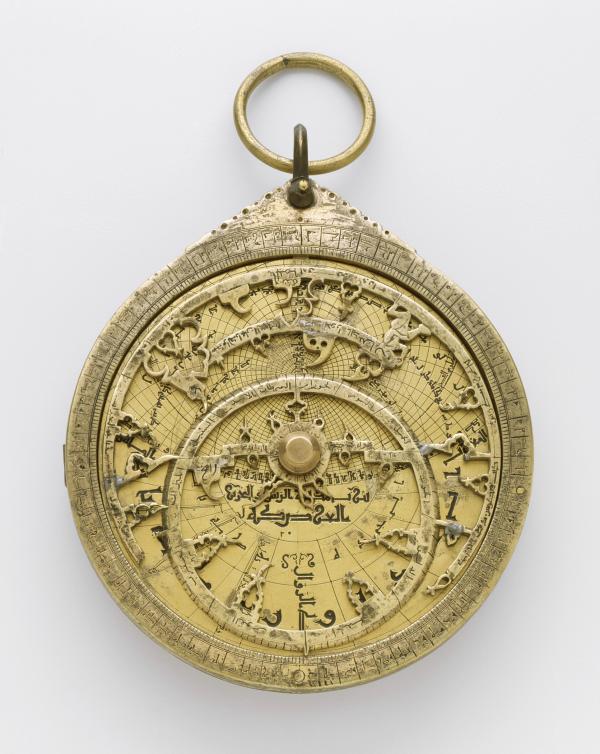Southern California’s landmark arts event, PST ART, is returning in September, and LACMA is pleased to be joining the organizations across the region presenting more than 70 exhibitions under the theme Art & Science Collide. As part of the Getty-led initiative, LACMA will be exploring intersections of art and science—from the past, present, and imaginable future—with three major exhibitions investigating topics like the significance of color in Mesoamerican art, attempts to explain the universe throughout history, and the ways image-editing tools have transformed our visual world.
These will be joined by the related presentations Josiah McElheny: Island Universe and American Artist: The Monophobic Response, as well as the exhibition Nature on Notice: Contemporary Art and Ecology at Charles White Elementary School. Read more about our upcoming exhibitions below, and discover all of Art & Science Collide on the PST ART website.
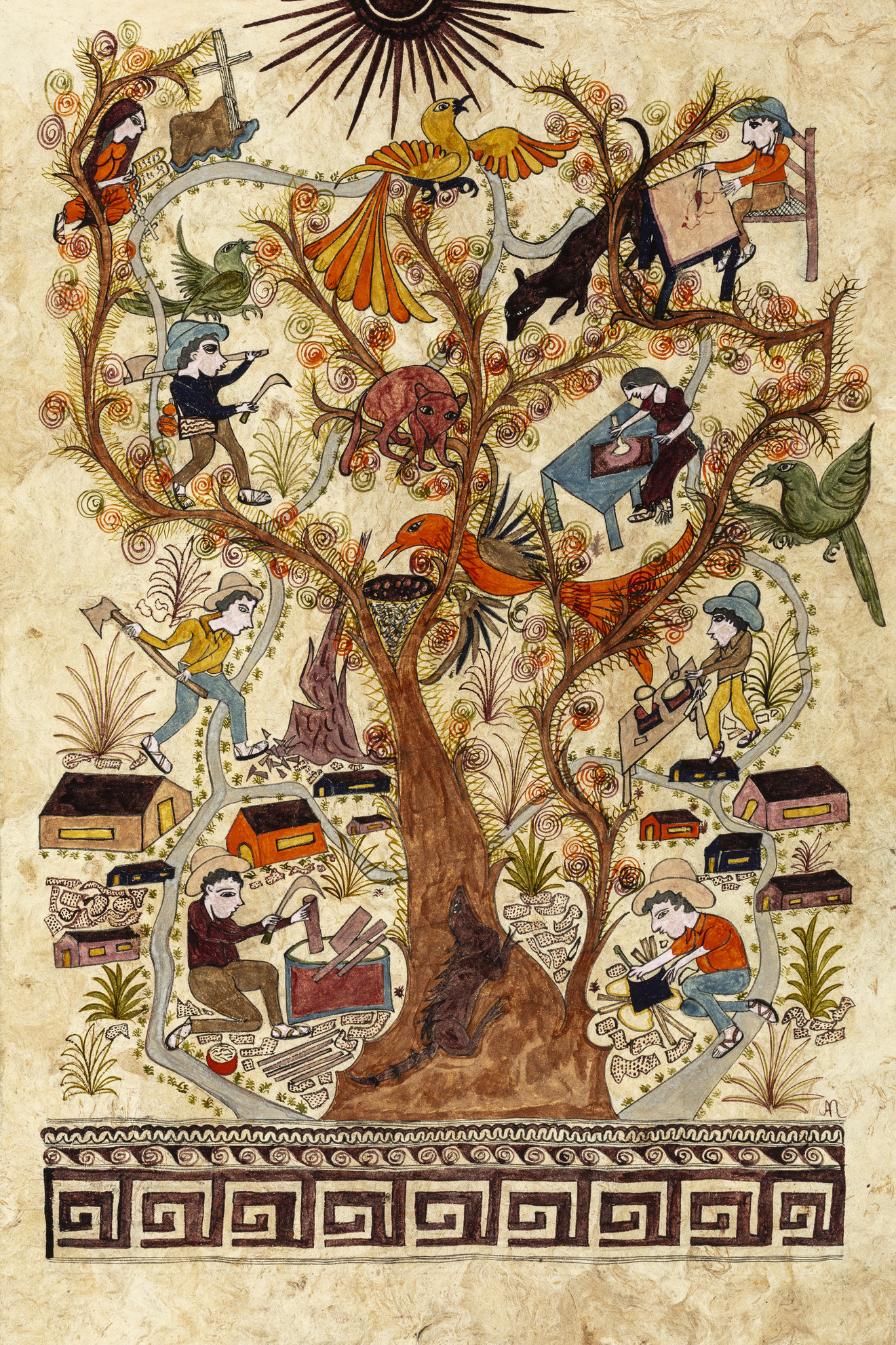
We Live in Painting: The Nature of Color in Mesoamerican Art
September 15, 2024–September 1, 2025
Mesoamerican artists held a cosmic responsibility: as they adorned the surfaces of buildings, clay vessels, textiles, bark-paper pages, and sculptures with color, they (quite literally) made the world. The power of color emerged from the materiality of its pigments, the skilled hands that crafted it, and the communities whose knowledge imbued it with meaning. Color mapped the very order of the cosmos, of time and space. By engineering and deploying color, artists wielded the power of cosmic creation in their hands. We Live in Painting: The Nature of Color in Mesoamerican Art explores the science, art, and cosmology of color in Mesoamerica. Histories of colonialism and industrialization in the “color-averse” West have minimized the deep significance of color in the Indigenous Americas. This exhibition follows two interconnected lines of inquiry—technical and material analyses, and Indigenous conceptions of art and image—to reach the full richness of color at the core of Mesoamerican worldviews.
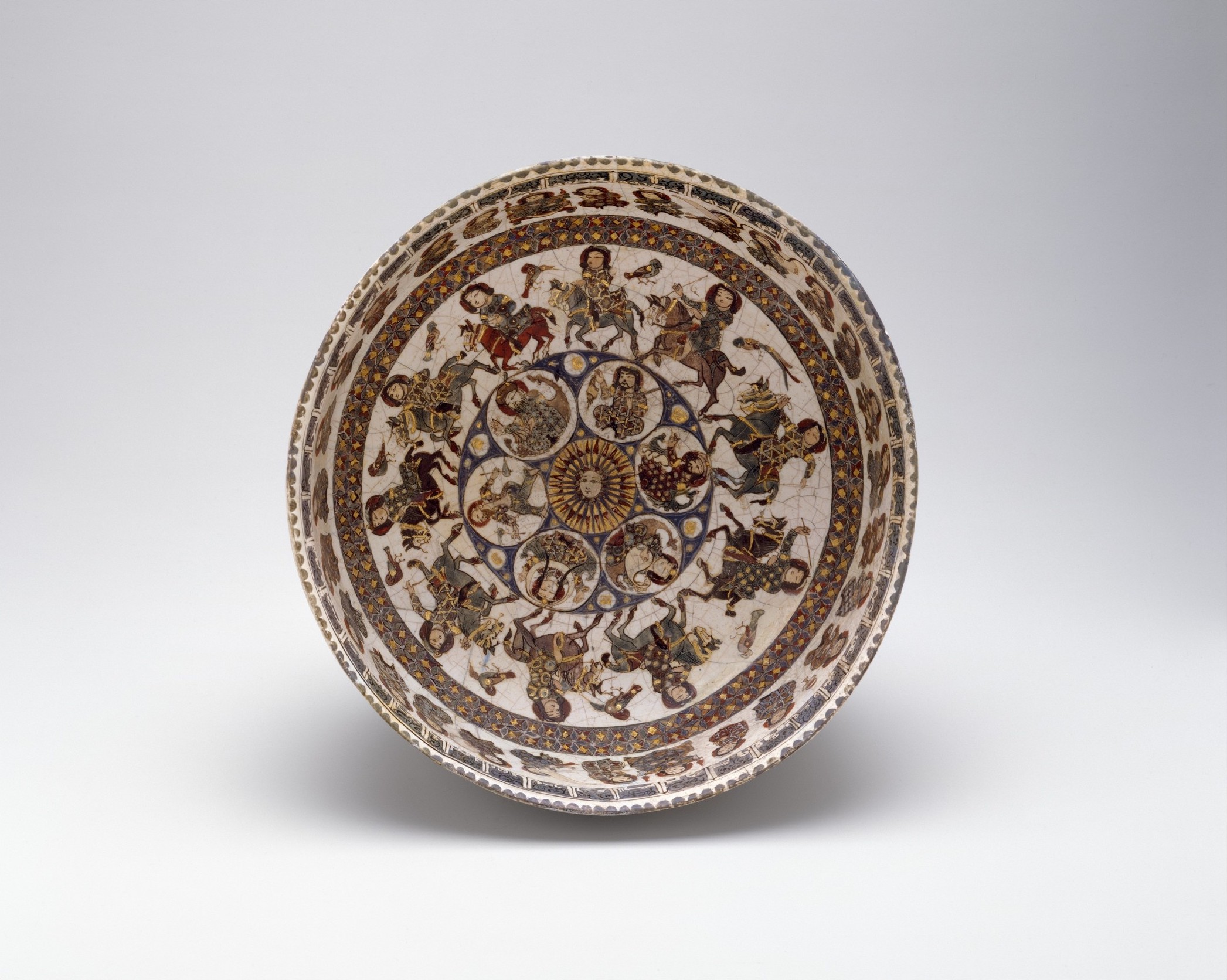
Mapping the Infinite: Cosmologies Across Cultures
October 20, 2024–March 2, 2025
Mapping the Infinite: Cosmologies Across Cultures, created in collaboration with scientists at the Carnegie Observatories and the Griffith Observatory, presents a group of rare and visually stunning artworks from different cultures and time periods to explore the variety of human attempts to explain the universe’s origins, mechanics, and meaning. Nearly every ancient culture has seen the heavens as a mirror of cosmic structure and process, and ancient measurements of time were directly influenced by the movements of heavenly bodies. Mapping the Infinite reveals how, as religions evolved, cultures conceived of and depicted cosmic deities and concepts of time and space through works of art and sacred architecture. The exhibition illuminates this history of cosmologies around the globe from the Stone Age to the present, from Neolithic Europe to the present day and including Mesopotamia, Greece, Rome, South and Southeast Asia, East Asia, the Islamic Middle East, the Indigenous Americas, Northern Europe, and the United States.
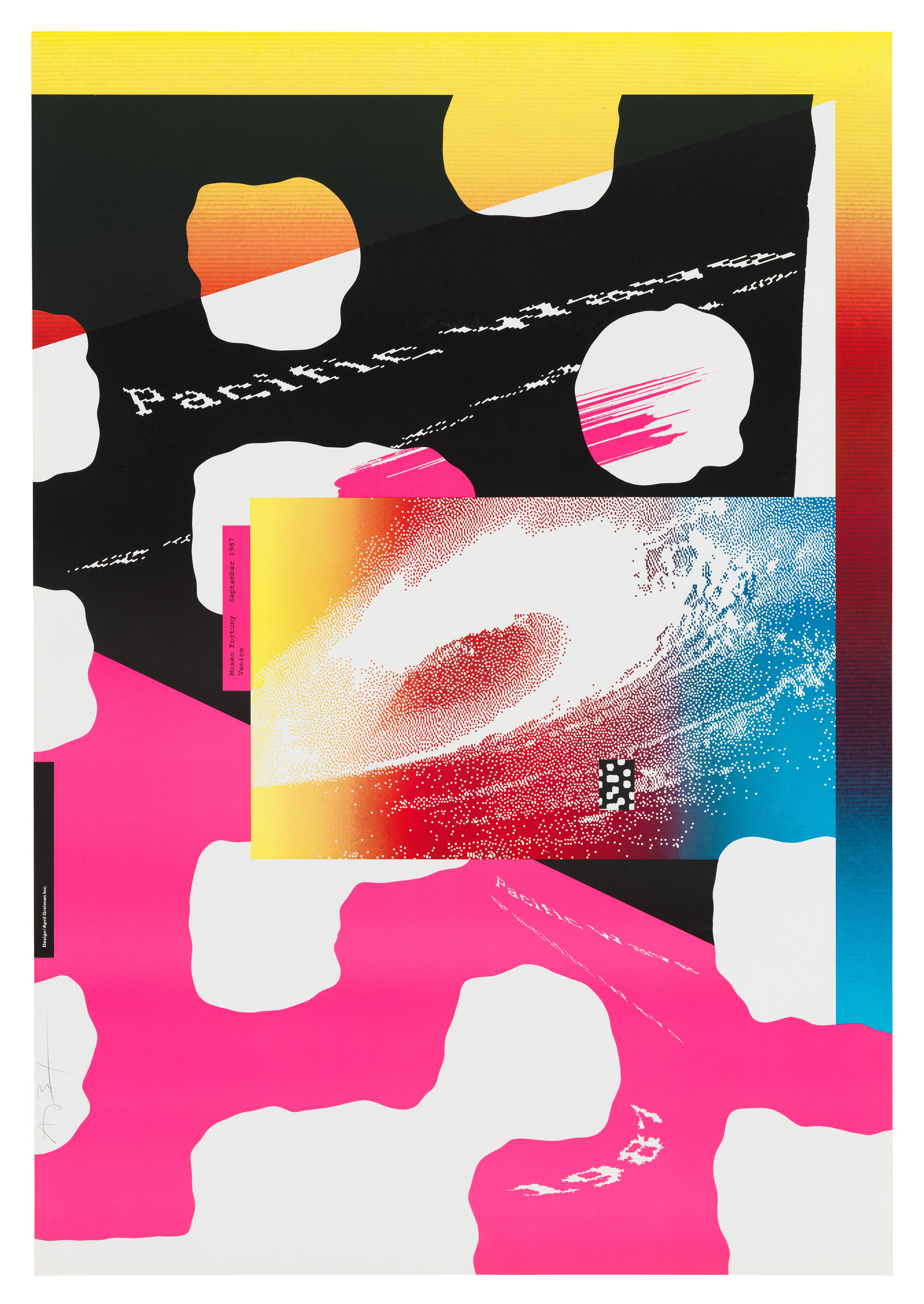
Digital Witness: Revolutions in Design, Photography, and Film
November 24, 2024–July 13, 2025
Over the last four decades, image-editing software has radically transformed our visual world. The ease with which images and text can be digitally generated and altered has enabled new forms of creative experimentation, while also sparking philosophical debates about the very nature of representation. Digital Witness: Revolutions in Design, Photography, and Film examines the impact of digital manipulation tools from the 1980s to the present, for the first time assessing simultaneous developments and debates in the fields of photography, graphic design, and visual effects. Featuring over 100 works, the exhibition traces the emergence of distinctive digital aesthetic strategies, relationships to realism, and storytelling modes. Whether using early paint programs, commercially packaged and open-source software, individually programmed tools, or AI image generators, the artists in Digital Witness illuminate the visual culture we now inhabit, in which “Photoshop” is not only a product but also a verb.
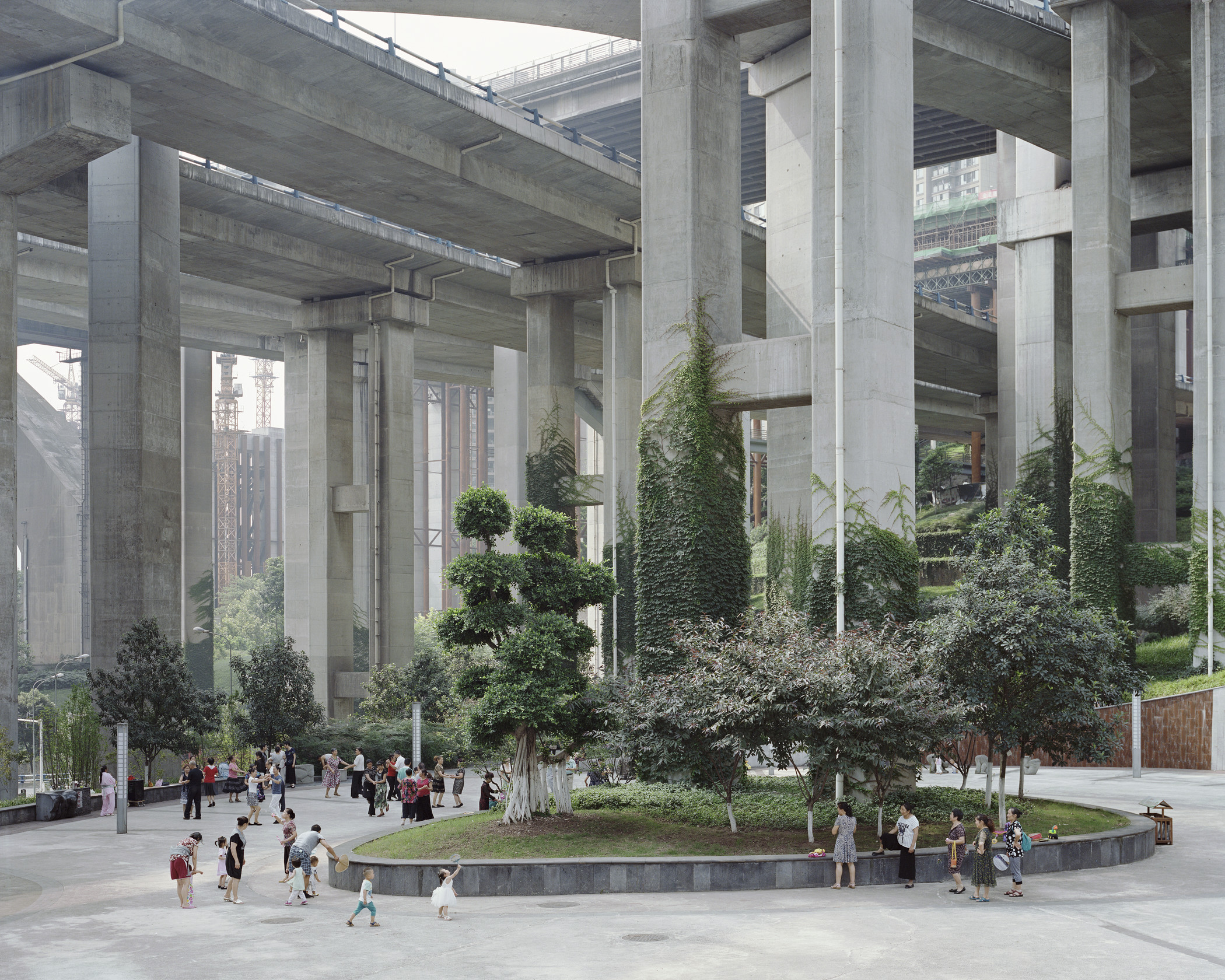
Nature on Notice: Contemporary Art and Ecology
December 21, 2024–August 1, 2025
Charles White Elementary School
From its beginnings in the late 1800s, photography has idealized the natural world. Photography elevated the pristine environment, evoking the sublime and motivating the protection of natural beauty. Simultaneously, photographic land surveys acted as guides on how to exploit nature, whether through infrastructure, extraction, or armed forces, determining who was displaced. In the Anthropocene—the current geological age in which human activity has been the dominant influence on the environment—lens-based artists are imaging an even more rapidly changing ecology. In Nature on Notice, more than 20 artists from around the globe engage in a visual dialogue about the “new nature” we are living in. Illuminating the need for both artistic and scientific imagination to counter threats to our ecology, these makers speak sensitively to the changes they are witnessing or, as a counterpoint, refer to cultures that have long revered nature while most of the world has steadily consumed it.



